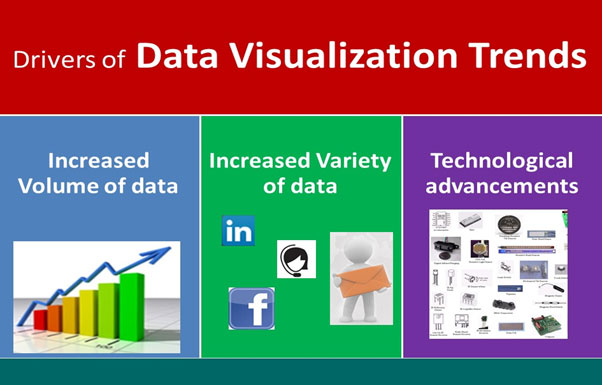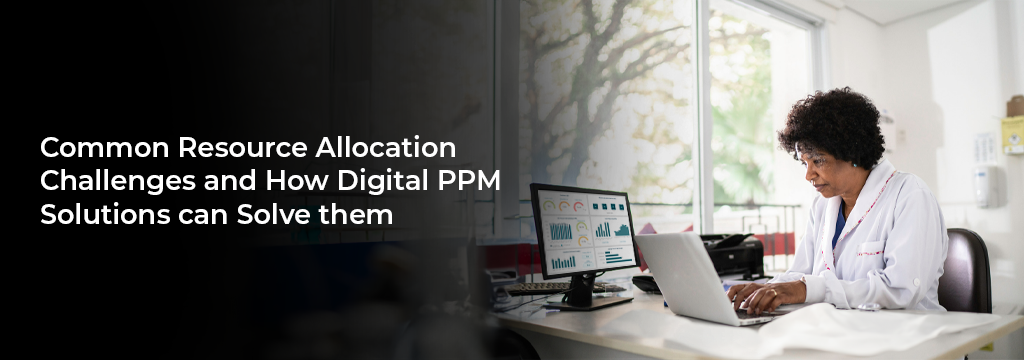New Trends in Data Visualization - i2e Consulting
April 14, 2017
Data visualization has an important role in the field of information management. In order to make good decisions, you have to be able to understand and analyze available data. Sound data visualization techniques will help in achieving the desired results. And to stay ahead of the game, you need to know about the latest tools and trends in data visualization. With this perspective, we are looking forward to the new trends in data visualization. Read on to know more about the latest trends for 2017.
Image Source: https://www.analyticsvidhya.com/blog/2013/09/trends-data-visualization/- Predictive and Prescriptive Analytic Tools:
- The Rise of the Visualization Package:
- Animation and Interactive Visuals:
- Mobility and Easy Accessibility:
- Big Data and the Human Factor:











